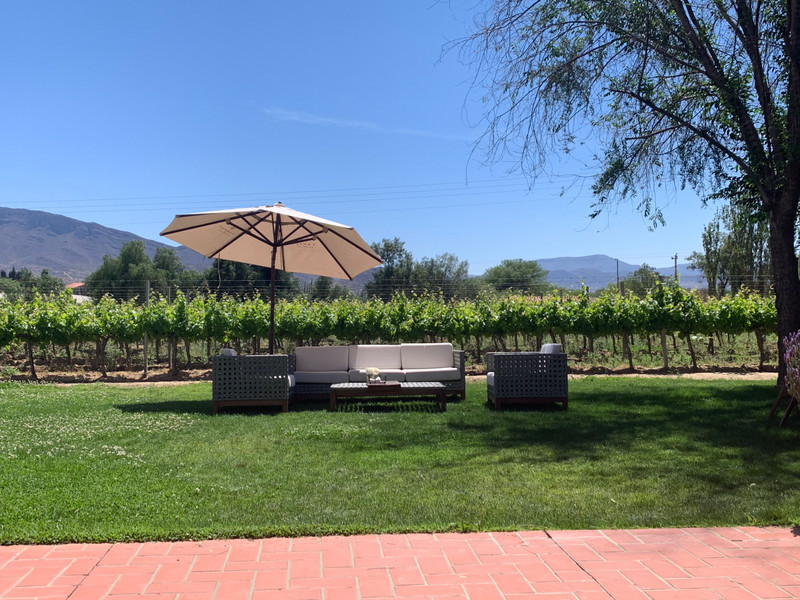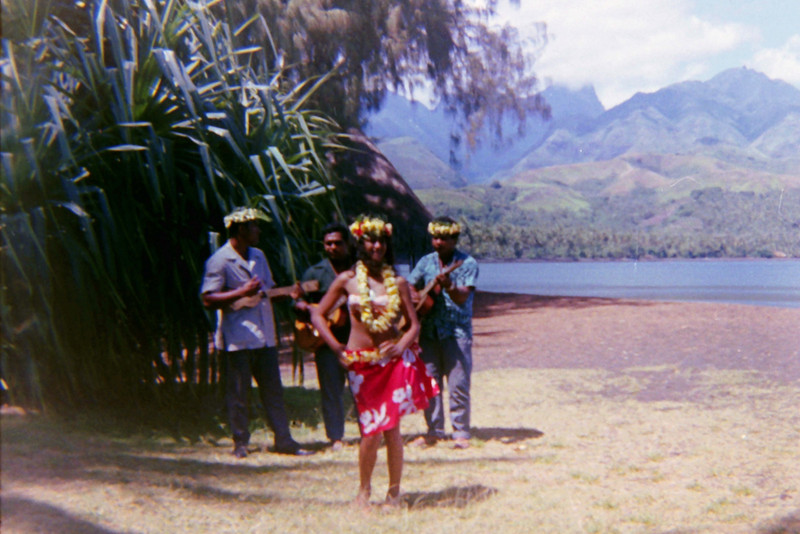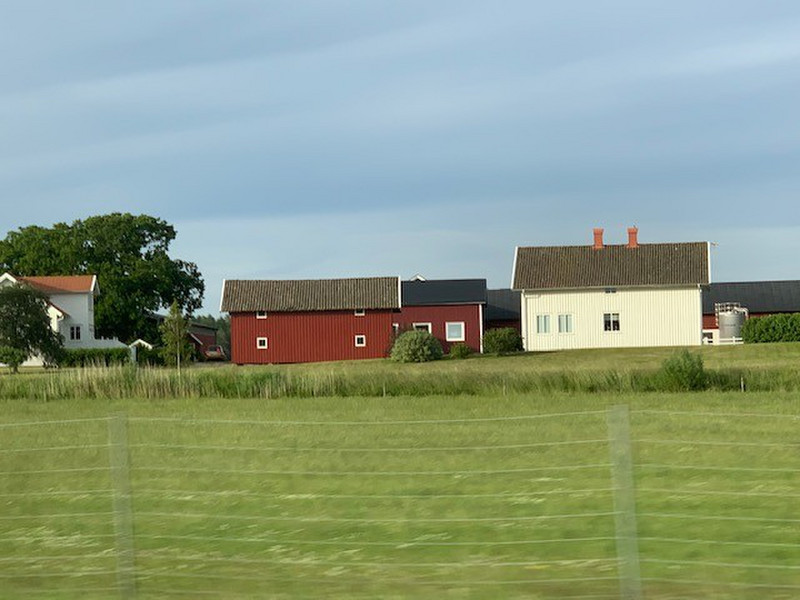Vardar is the largest river in the Republic of Macedonia. It is 388km long and its river basin covers an area of approximately 25,000 km².
Skopje began as ancient Scupi. In 518 it was totally destroyed by an earthquake. A brief Slav incursion occurred in the 7th century, and in the 9th and 10th centuries the town grew rapidly. The Serbs first captured Skopje in 1189, and in 1392 the Turks after conquering Macedonia made it their provincial capital and an centre. In 1689 it was burned to the ground by Austrian forces to eradicate. Cholera epidemic, after which it declined until a revival in the 19th century with the building of the Belgrade–Thessalonki railway. By treaty Skopje was in 1913 incorporated into Serbia, and in 1918 it became part of the new Yugoslavia. During World War II Germans occupied it in April 1941, and it was then garrisoned by Bulgarian troops. Liberated in 1944, it became the capital of the Peoples (later Socialist) Republic of Macedonia in 1945. In 1991 it became the capital of the newly independent Republic of Macedonia,
Vardar divides Skopje into two parts, new and old. These two parts are connected to a number of bridges, both new and old. But the most famous is the Stone Bridge connecting the square Macedonia with the old Skopje Bazaar. Today the bridge represents the most direct connection between the old and the new part of the city.
We also,walked across Skopje Art Bridge with its 29 statues portraying famous Macedonian artists and musicians. Fourteen sculptures executed in a realistic manner stand atop the high pedestals on each side of the bridge. At the centre the only sculpture representing two people, one sitting holding a book and the other standing. Running parallel to this bridge is another lined with depictions of historical figures, which leads to the archaeological museum. Both were constructed as part of the Skopje 2014 project, which aimed to celebrate the countrys cultural and historical legacy.
The Museum of Archaeology began construction in 2009 and opened in September, 2014.Although the building primarily
serves as a museum, it also houses the Constitutional Court and the National Archive of the Republic of Macedonia. The exterior of the museum is among the more monumental buildings of the project, with its Greek Revival architecture.
Our tour finished in the main square which I had seen in an earlier day time visit but at night, even though the fountain still not flowing, the statue of Alexander the Great looked quite splendid all lit up.









